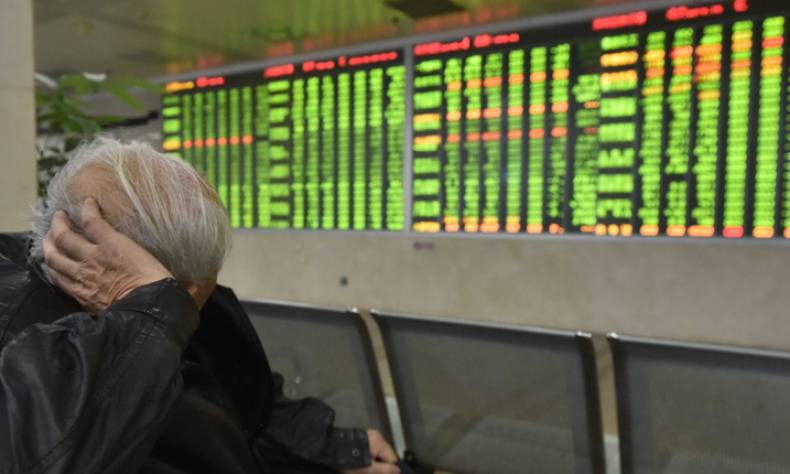
The Overstretched Fuse Wire and China’s Stock Market Turmoil
China’s stock market is once again sending financial shock waves around the world, with trading suspended on Jan. 4 and 7 leading to capital market uncertainty. The country’s newly implemented “Circuit Breakers Mechanism” (CBM), a kind of trading curb introduced by the China Securities Regulatory Commission (CSRC), received much of the blame for the volatility.
But what is a circuit breaker mechanism exactly? It can be thought of similarly as a fuse in any common household appliance. A fuse exists for the express purpose of protecting its user from the dangers associated with overcurrent, dangers that include short circuits, which can in turn lead to catastrophic fires without the protection of preventative resistors. Now take that real-life level of protection and apply it metaphorically to a financial market.
The systematic risk associated with finance, such as shares plunges, are triggered by the prevailing fears of the investors. These fears in turn dry up market liquidity and paralyze trading. As part of a package program for China’s financial system reform, the CBM was designed to calm the country’s capital markets in extreme circumstances. The primary aspect of China’s CBM is that if the CSI 300 stock index falls by 5 percent, then trading is halted for 15 minutes–hence the term circuit breaker. (Also, the CSI 300 index is a stock market index that tracks the performance of the country’s top 300 A-list shares on the Shanghai and Shenzhen exchanges.) Upon the resumption of trading, if the losses continue their tumble and hit 7 percent, trading is automatically suspended for the day. On Jan. 7, China’s stock market was shuttered in less than an hour, such was the doomsday sentiment. As a result, the CBM became the subject of much criticism.
Some financial analysts argue that the CBM is unsuitable for China’s immature stock market. The idea of a trading curb is not a new concept for global capital markets. For years, both developed and emerging market countries have utilized the CBM as an effective tool against capital market anomalies, although the mechanism has rarely been called upon to save the day. In China, however, the CBM is an alien concept. China’s stock market is known for its high price volatility, driven by individual investors who compromise much of the market. These individual investors, also known as retail investors, focus more on market speculation than on financial fundamentals when making investment decisions. The limits imposed by the CBM–5 percent for suspension and 7 percent for market closure–are too low to fit the reality of China’s stock market. From the period of June 8 to Sept. 7 last year, an average of one in every five trading days in China would’ve triggered the circuit breaker. To compare, a similar mechanism in the U.S. was triggered only twice from 1980 to 2010.
Furthermore, the timing of the CBM’s implementation was also problematic. China’s capital market is currently bogged down by pessimistic sentiment that stems from the gloomy market expectations brought about by China’s debt problems and RMB depreciation. A CBM with an improper plunge limit is a horrible idea if one is looking to calm the market and may even make the situation worse—when institutional investors dealing with large accounts and monies jump ship, many individual investors will follow.
The CBM is a part of China’s financial reform plan and is aimed at perfecting the market mechanism, but it must be adjusted to properly reflect the realities of the country’s current situation.
 Facebook
Facebook
 Twitter
Twitter
 Linkedin
Linkedin
 Google +
Google +





